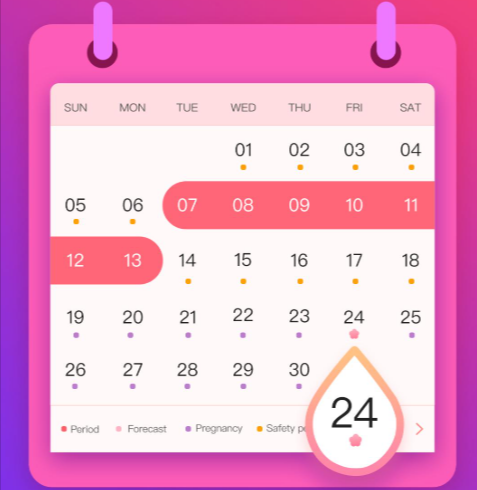Diet & Meal Plans
- Home
- >
- Diet & Meal Plans
A well-structured diet is more than just food intake—it’s a roadmap to achieving specific health goals. Whether you’re looking to lose weight, gain muscle, manage health conditions, or follow a lifestyle-based diet, meal planning plays a crucial role. Below are the key diet categories that cater to different needs:
1. Weight Management Diets
Balancing food intake with energy expenditure is the key to managing weight effectively.
Weight Loss Diets: These focus on calorie deficit while ensuring adequate nutrition. Popular options include:
Low-carb diets (e.g., Keto, Atkins) to promote fat burning.
Intermittent fasting, which regulates meal timing for metabolic benefits.
Balanced calorie-deficit diets, where portion control and nutrient-rich foods are prioritized.
Weight Gain Diets: These diets emphasize a calorie surplus, incorporating:
Protein-rich foods (lean meats, dairy, legumes) for muscle growth.
Healthy fats (avocados, nuts, seeds) for calorie-dense nutrition.
Carbohydrate-rich meals to fuel workouts and energy levels.
2. Specialized Diets
Every individual has unique dietary needs based on health concerns, lifestyle choices, or ethical beliefs.
Vegetarian & Vegan Diets: Plant-based nutrition focusing on protein sources like lentils, beans, tofu, and nuts while ensuring vitamin B12 and iron intake.
Gluten-Free Diet: Essential for people with gluten sensitivity or celiac disease, avoiding wheat, rye, and barley while including alternatives like quinoa, rice, and oats.
Ketogenic Diet: High-fat, low-carb approach for individuals aiming for fat loss and better blood sugar control.
Paleo Diet: Based on ancestral eating patterns, emphasizing whole foods like lean meats, nuts, seeds, and fresh produce.
3. Cultural Diets
Traditional diets rooted in different cultures provide balanced and sustainable eating habits.
Mediterranean Diet: Focuses on heart-healthy fats (olive oil, nuts), lean proteins (fish, poultry), and fiber-rich grains.
Indian Diet: A blend of regional food habits, incorporating lentils, spices, dairy, and grains while adapting to vegetarian and non-vegetarian lifestyles.
Japanese Diet: Known for longevity benefits, featuring fish, seaweed, fermented foods, and controlled portions.
Sample Diet Chart
Here’s a general balanced diet chart for a healthy lifestyle. Adjust according to personal goals (weight loss/gain, medical conditions, etc.).
| Meal | Food Options (Balanced Approach) |
|---|---|
| Early Morning | Warm lemon water or green tea + soaked almonds/walnuts |
| Breakfast | Oats with fruits & nuts OR Whole wheat toast with eggs OR Idli with sambhar |
| Mid-Morning Snack | Fruit (banana/apple/orange) OR Yogurt with seeds |
| Lunch | Brown rice/roti + Dal + Vegetables + Curd + Salad |
| Evening Snack | Handful of nuts OR Sprouts chaat OR Herbal tea |
| Dinner | Light meal – Grilled paneer/tofu/chicken with sautéed veggies OR Khichdi with curd |
| Before Bed | Warm milk with turmeric OR Herbal tea |
Key Takeaways:
Maintain a balanced mix of proteins, carbs, and healthy fats.
Eat small frequent meals to keep metabolism active.
Stay hydrated with at least 8-10 glasses of water daily.
Avoid processed foods and opt for natural, whole foods.




